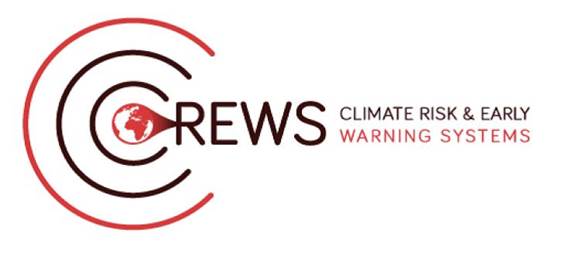The CREWS initiative facilitates access to financing through 3 modalities to support all ODA-eligible LDCs and SIDS countries on early warning systems and services.
Multi-year projects
- For countries and regions to establish or strengthen early warning systems and services
- Country projects: budget approximately USD 3 – 5 million for 3 – 5 years.
- Regional project: budget approximately USD 5 – 7 million for 5 – 7 years.
- Submission by Implementing Partners with country or regional intergovernmental organizations endorsement.
- Steering Committee Members make final decision
Criteria – Access Funds
- Exposure to risk and institutional capacity for early warning – need
i. Capacity of NMHSs and disaster management institutions
ii. Projected average annual loss to disaster (projected cost of disasters for the country’s economy per year)
iii. Casualty loss risk (where available)
iv. Access and penetration of information and communication technology - Level of priority given to early warning systems by countries – demand
i. Requests for support by country
ii. Identification of early warning systems as a priority in Nationally Determined Contributions (NDCs) and national development and poverty reduction plans - Potential for leveraging additional resources and aligning programmes – leveraging
i. Potential to leverage investments from other mechanisms such as the Green Climate Fund (GCF), the World Bank Group’s International Development Association (IDA), the Global Environment Fund (GEF) and other financing mechanism
ii. Ongoing or planned national and regional programmes related to the objectives of CREWS
Accelerated Support Window – ASW
- Provides small-scale, short-term assistance and advisory services
- Up to USD 250 000 for a maximum of 12 months
- 6-week simplified approval process
- Submission: (1) directly by the country; (2) by Implementing Partners with a country endorsement letter
- Steering Committee Members make final decision
Criteria – Access Funds
Eligibility and Funding Prioritization Criteria:
a. ODA-eligible LDCs and SIDS.[1],[2]
b. Actions must contribute to CREWS’ overarching objective to substantially reduce disaster mortality by 2030 by significantly increasing access to early warnings and risk information in LDCs and SIDS.
c. Actions must align with and support, as relevant, the overarching CREWS programming principles/value propositions – people-centered early warnings, gender-responsiveness, promotes coherence, multiplier/leverage, private sector engagement – as articulated in the CREWS Operational Procedures.
d. Actions must be 12 months or less in duration unless Action provides support to and needs to align with a longer duration project.
e. Actions are expected to include a budget in the range of US$50,000-125,000, with a maximum budget of US$250,000, including the Implementing Partner fees.
f. Actions must fall under one or several of the three categories, namely (i) Analyses and Assessments to inform an EWS project, (ii) Advisory services for EWS projects, (iii) Continued assistance following the closure of a CREWS project or (iv) support to CREWS project preparation. See Table 1 for an illustrative, non-exhaustive list of potential actions.
Please access to the ASW templates below:
[1] This includes LDCs and SIDS included on the current DAC List of ODA Recipients. For 2021: https://www.oecd.org/dac/financing-sustainable-development/development-finance-standards/DAC-List-ODA-Recipients-for-reporting-2021-flows.pdf
[2] For regional Actions, all countries must be ODA-eligible.
Green Climate Fund/Simplified Approval Process/CREWS Scaling Up Framework for Early Warning
- Provides fast-track access to GCF finance through its Simplified Approval Process (SAP)
- Maximum budget USD 25 million per project
- GCF procedure applies
Criteria
- Countries with successful CREWS programmes
- Proposed action to have major potential to amplify and reinforce CREWS-supported achievements
- Greater scope geographically and in number of people reached
- Strengthen institutions to provide more effective early warning services
